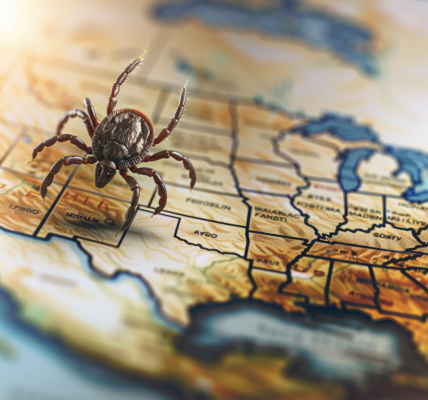In recent years, Lyme disease has been making headlines as ticks carrying the Borrelia burgdorferi bacteria continue to spread and gain ground in the US. The disease, named after the town of Lyme where it was first identified, has become a significant public health concern, with nearly half a million people in the US alone being diagnosed and treated for Lyme disease each year, resulting in medical costs of close to $1 billion.
Back in November 1975, health officials in Connecticut began investigating reports of children in Lyme developing arthritis. This led to the discovery of more than 50 residents experiencing joint pain and swelling, with some showing skin markings and fever-like symptoms. The officials suspected a virus carried by biting insects as the cause, prompting the need for further research to control and prevent the disease.
Fast forward almost fifty years, and Lyme disease has expanded beyond its initial outbreak area. The bacteria responsible for the disease are transmitted to humans through the bite of infected Ixodes ticks, commonly found in deer and mice. Climate change is cited as a significant factor contributing to the spread of Lyme disease, with the Fifth National Climate Assessment highlighting the negative health impacts of climate change on humans.
Climate change has been linked to the rise in various vector-borne diseases, including those transmitted by ticks. The changing climate patterns have created more favorable conditions for ticks to thrive and spread, leading to an increase in Lyme disease cases across the US. The assessment points out the detrimental effects of climate change on human health, such as increased exposure to poor air quality and higher rates of pulmonary, neurological, cardiovascular diseases, and mental health issues.
As the prevalence of Lyme disease continues to grow, it underscores the importance of ongoing research into detection methods and treatment options for the disease. With the combination of changing climate patterns and human population shifts, the battle against Lyme disease remains a significant challenge for public health officials and researchers alike.





